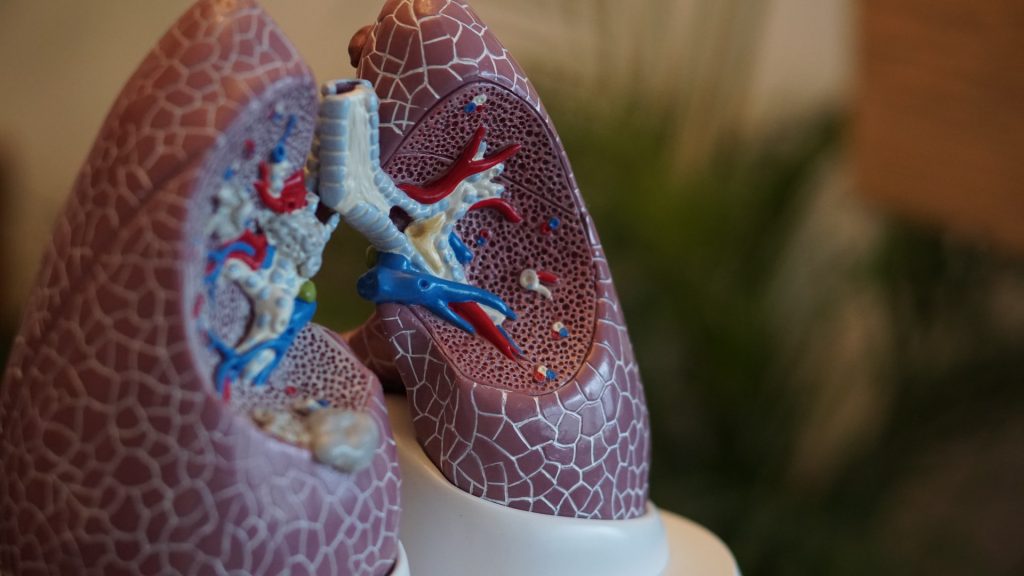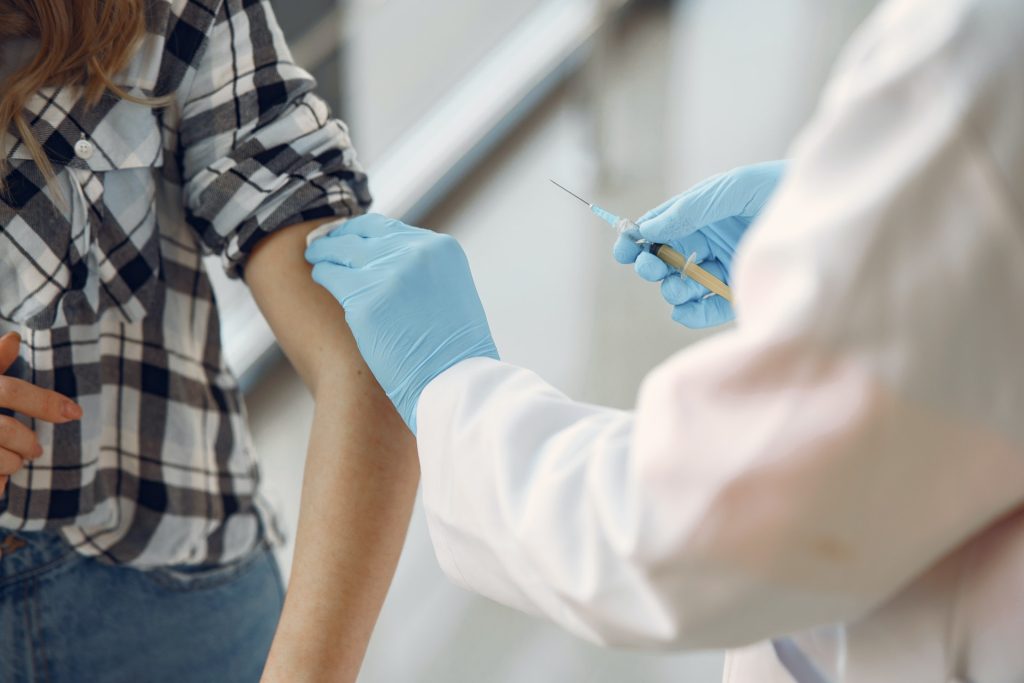Worse Lung Function Linked to Sudden Cardiac Death

A new study found that people with modest but measurably worse lung function are more likely to suffer sudden cardiac death (SCD).
SCD is death due to a cardiovascular cause that occurs within one hour of the onset of symptoms. A sudden cardiac arrest occurs when the heart stops beating or is not beating sufficiently to maintain perfusion and life. There are often no previous warning signs, and is thought to be responsible for around 20% of all deaths in Europe.
The study was presented at the ERS International Congress by Dr Suneela Zaigham of Lund University. She said: “Although sudden cardiac deaths are common, we don’t know enough about who is at risk in the general population. There are links between lung and heart health, so we wanted to investigate whether measurable differences in lung function could offer clues about the risk of sudden cardiac death.”
The study involved 28 584 middle-aged participants with no known heart problems. All took part in spirometry tests where they were asked to blow into a machine to measure how well their lungs were working. Over the following approximately 40 years, researchers recorded any SCDs (death on the day of a coronary event) or any non-fatal coronary events (coronary events where people survived the first 24 hours)
They found that measurably lower lung function in middle-aged people (one standard deviation lower in the amount of air they could blow out in one second, which equates to around 0.8 litres) was more strongly associated with suffering a SCD (a 23% increase in risk) than a non-fatal coronary event (an 8% increase in risk) later on in life. The pattern of risk remained even in people who had never smoked.
Dr Zaigham said: “We believe this is the first study to directly compare the risk of sudden cardiac death and non-fatal coronary events and their links with lung function in the general population.
“Our findings suggest that testing people’s lungs when they are middle-aged and healthy could help spot those who have a higher risk of sudden cardiac death. This could enable people to take steps to potentially reduce the risk of this devastating event.”
A limitation of the study is that risk questionnaires were administered at the start of the study and these factors could have changed. The researchers next seek to see whether SCD could be prevented by testing lung function as part of current cardiovascular risk assessment. They plan to explore the link between lung function and SCD further to see if heart abnormalities, variable blood pressure or genetic causes are involved.
Source: European Respiratory Society










